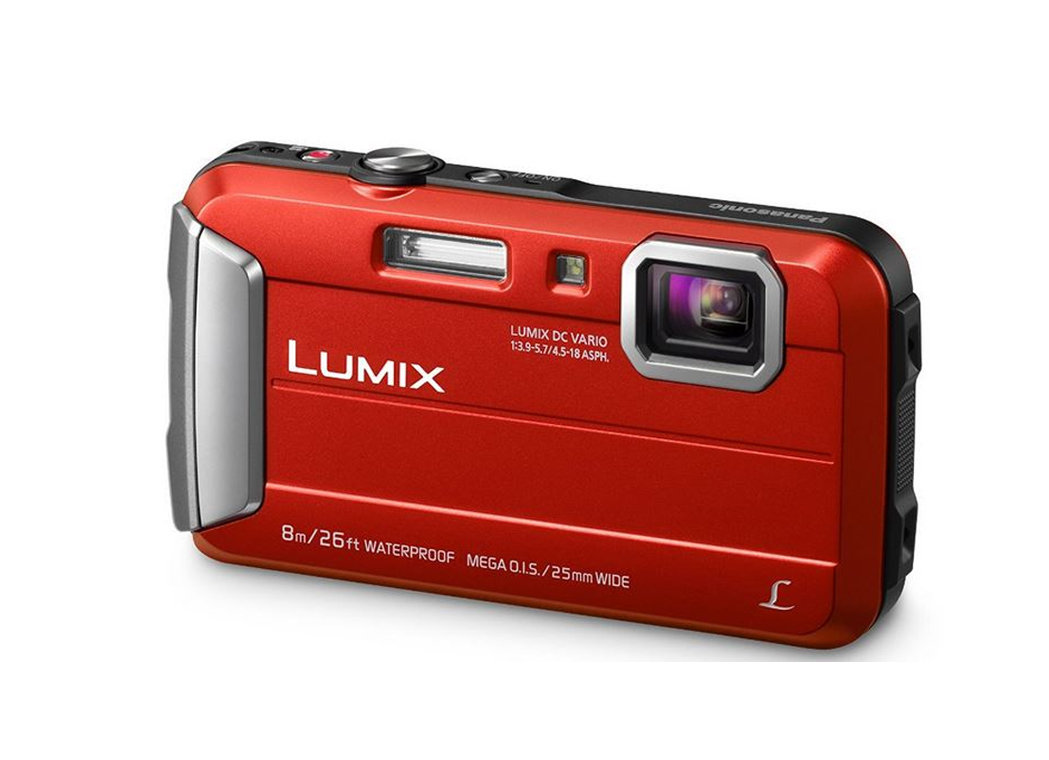Toy Camera Analog Color Keygen
Analog Color Serial Numbers. Convert Analog Color trail version to full software.
In addition to DxO FilmPack (which we recently ), and AlienSkin Exposure 4 (which we are testing), Digital Film Tools has a product, Film Stocks, for either stills or video. Digital Film Tools has won three Emmy Awards for its expertise in special effects in feature films, commercials and television shows but what its Film Stocks plug-in really wants to do is make your images winners. We've had occasion to chat with President Marco Paolini at trade shows, getting demos on the company's inriguing products and making ourselves a note to review some of them. And we did recently review its iPad app, which we thoroughly enjoyed. But before we installed its big brother Dfx, we had a more pressing creative task we thought Film Stocks might help with.
We've recently fallen in love with taking Micro Four-Thirds digital images with our old (30 years old) film lenses. And our latest crush is shooting with our venerable Vivitar Series I 70-210mm macro zoom mounted to on an Olympus E-PL1 micro 4/3 digicam using a Lensbaby Tilt Transformer. Which Vivitar Series I 70-210mm? We bought our Series I on the recommendation of a photo journalist we greatly respected. And we bought it not long after we acquired our first SLR body. Our first zoom lens, it was all about the optical quality. The serial number tells us it's Version 1 of the lens, manufactured for Vivitar by Kiron in January 1981.
Version 1 featured a 67mm filter thread, 1:2.2 maximum magnification ratio and a lens construction of 15 elements in 10 groups. It was the heaviest of the five versions at 879g. We used the charts on to decode the serial number. Sold in a variety of mounts, the lens can still be found on the used market for less than $100.
There are two things we really like about this package. First, the telephoto range is spectacular. The 2x crop factor of the E-PL1 means we're shooting with a 140-420mm zoom. And just to make the package sweeter, the E-PL1 has body-based image stabilization, so the Nikon-mount Vivitar enjoys something it never had on any of our Nikon bodies, film or digital. Second, the Vivitar is a macro lens, too, focusing almost right to the front element or a few feet away, depending on the zoom barrel's position. So we can get some very intimate shots. Which are, again, aided by image stabilization.
The Tilt Transformer fits the Nikon-mount lens to the E-PL1 body. But it also tilts, shifting focus. For the most part, we leave it tightened down in the straight-ahead position, which does not shift focus. But focus is another option to consider with this arrangement. We set the E-PL1 to Aperture Priority mode, let it meter the scene and set the shutter speed and focus on, well, focusing. The Vivitar doesn't automatically focus and it can be difficult to judge manual focus.
Fortunately, there is no optical viewfinder on the E-PL1 to confuse us. We see what we're getting on the LCD or the EVF, depending on the situation. And the E-PL1 magnifies any part of the scene you point it to, which is a real aid in macro work. We shot the America's Cup World Series with this setup, relying on its telephoto reach.

And we tapped into macro mode to shoot some flowers that were posing around here recently (one of which we've used for this review). Then we asked ourselves a question. If it's a film-era lens, why don't we give the images a film-era look? One reason that thought occurred to us was because we'd reviewed, a collection of 60 emulsion renderings devised from film emulsion processed in Paris and New York labs. It's an impressive package. And, as we noted above, Alien Skin's Exposure 4 also emulates films and historical processes. It even goes so far as to add dust and simulate other physical defects.
Concoct a powerful elixir to save Stella and then confront the Queen of Death! Queen fighters mugen full game download pc.
Which was just a bit too far for this job. DFT provides an interesting option, though, in Film Stocks, which simulates 288 still photographic film stocks, motion picture films stocks and historical photographic processes. And unlike the other products, these filters work on both stills and video, although video requires a more expensive license. For still photos, Film Stocks is compatible with: • Adobe Photoshop CS3 and up • Adobe Photoshop Elements 6 and up • Apple Photoshop Lightroom 3 and up • Apple Aperture 3 and up For video: • Adobe After Effects CS5 and up • Adobe Premiere Pro CS5 and up • Apple Final Cut Pro 6/7 • Apple Final Cut Pro X 10.0.4 • Apple Motion 5.0.3 • Avid Symphony, Media Composer, Newscutter, Xpress Pro Macintosh system requirements are a multicore 64-bit Intel processor running Mac OSX 10.6.x through OSX 10.8.x. Windows system requirements are Vista 64-bit or Windows 7 64-bit. With so many options, we probably shouldn't have been disappointed that the installer only looked in each application's plug-in folder rather than ask us to point to the system-wide plug-in folder we use.
